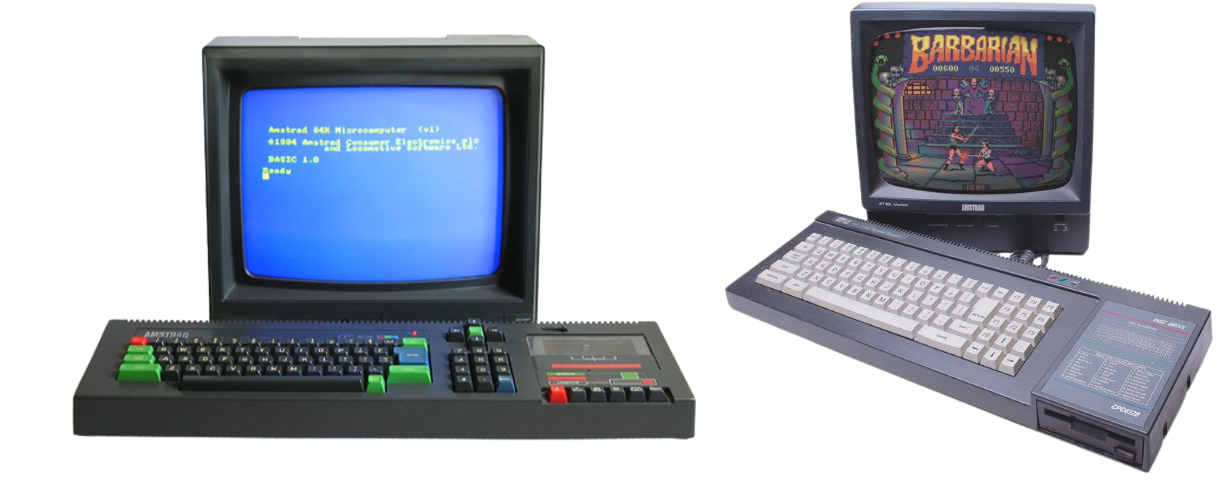In a world where sleek and powerful computers dominate our lives, there’s something undeniably charming about taking a step back in time to explore the technological wonders of the past. One such gem from yesteryears was the Amstrad CPC 464, a device that holds a special place in my heart. It’s 1984, and the home computer revolution is in full swing. The Amstrad CPC 464 bursts onto the scene, capturing the imaginations of millions with its distinctive design and innovative features. I never wanted the Sinclair Spectrum as I didn’t like the rubber keyboard and loading games via a cassette player didn’t always work, but when I saw this with the build in cassette I wanted one, I had beam made redundant a few months ago and got £1700 redundancy money, I put £1000 in a high interest account and used some of the rest to buy the CPC464.
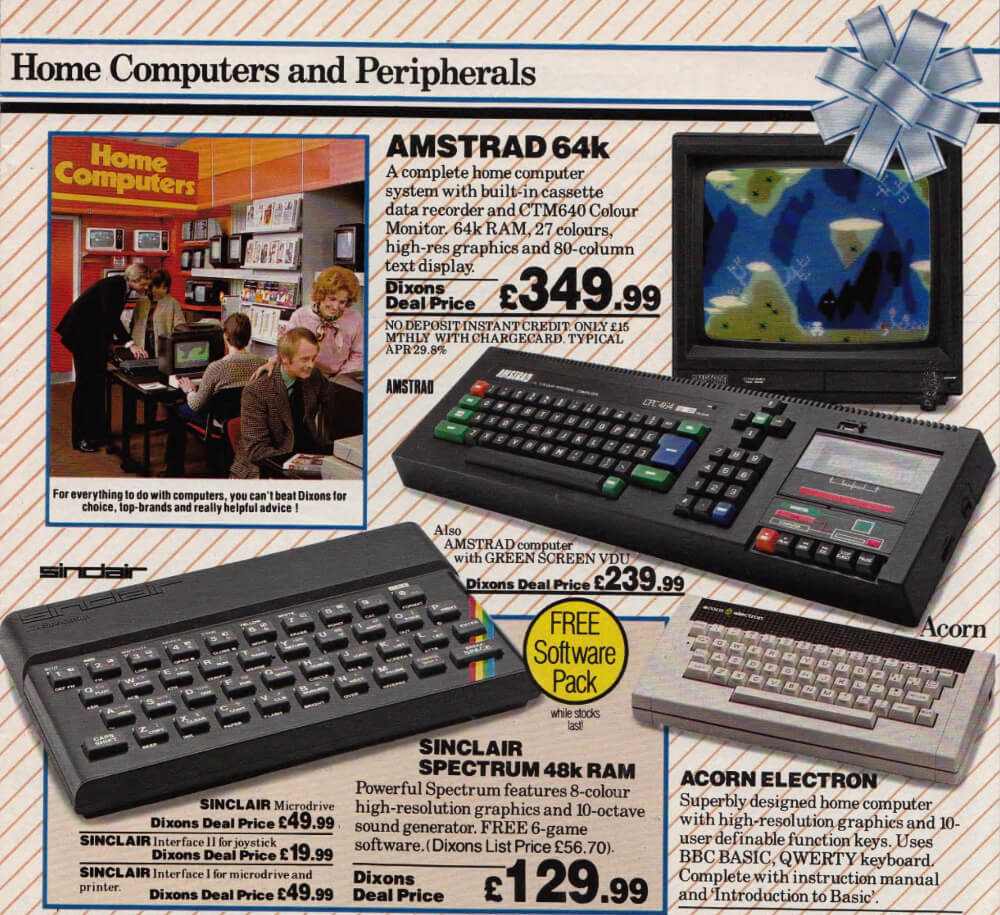
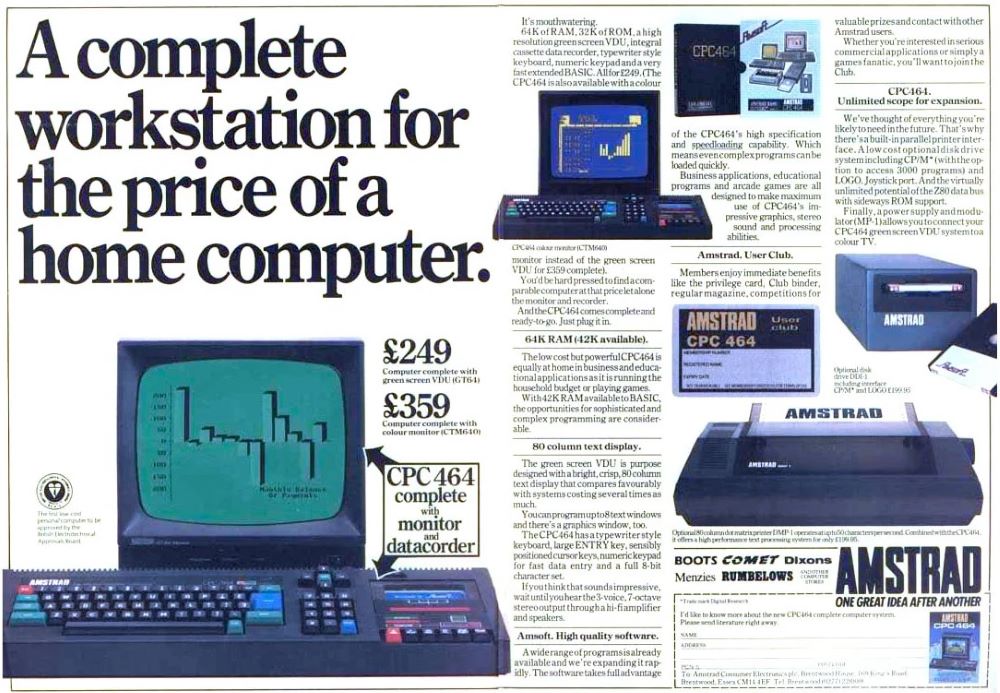
I don’t remember what I paid for it but I would guess from these adverts it was probably £350 with the monitor, and at some point I did buy the printer, a very loud dot matrix printer and box of listing paper.
Amstrad, known for its affordable hi-fi products, made a bold move into the personal computer market with the CPC464. It was a game-changer, offering low-cost hardware that was accessible to the masses. This commitment to affordability was a driving force behind its success and made it an “impulse-purchase” item for many families. One of the CPC464’s standout features was its integrated monitor. This meant it didn’t hijack the family TV, allowing others to watch their favourite shows or play video games while I indulged in my computing adventures. It’s a testament to Amstrad’s dedication to user convenience.
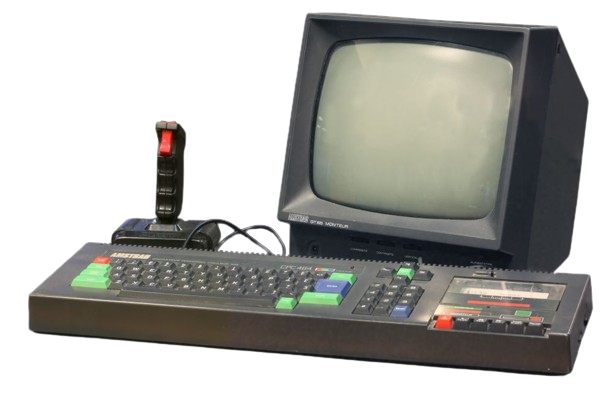
The CPC464 wasn’t just a computer; it was a gateway to a world of gaming, the CPC464 had an impressive library of games. But it was a long time ago and I can’t remember any games I played on it.
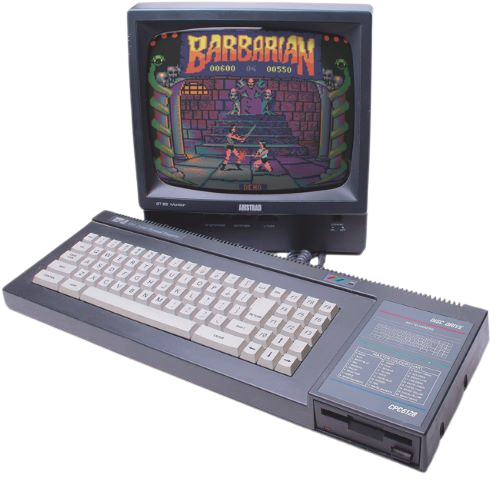
Sometime in 1985 when the Amstrad CPC6128 came out so I upgraded to it
I don’t know what happened to the CPC464, I used the computer to write and print letters for job interviews and such, and was asked a few times if family friends could use it to do the same, later I ended up selling the CPC6128 and the printer to the family friends, I don’t know why as I later went on a training course and I asked if I could borrow the computer back to type and print my work for the City and Guilds Certificate, I past and was back in work.
The Amstrad CPC 464 was a versatile and popular home computer of its time, known for its affordability and its capability to support a wide range of applications and games. It played a significant role in the 8-bit computer era and holds a special place in the hearts of retro computing enthusiasts.
Amstrad CPC Tech Specs
Amstrad CPC 464 Technical Information:
- Processor: Zilog Z80A CPU running at 4 MHz.
- Memory:
- RAM: 64 KB.
- ROM: 32 KB.
- Graphics:
- Display: 320×200 pixels color display.
- Colours: Up to 27 colours simultaneously.
- Sound:
- Sound Chip: General Instrument AY-3-8912 sound chip with three channels.
- Audio Output: Built-in speaker and external audio support.
- Storage:
- Cassette Tape: Used for program and data storage.
- External Drives: Supported external 3-inch floppy disk drives.
- Peripherals:
- Keyboard: Built-in QWERTY keyboard.
- Joystick and Mouse: Supported for gaming and applications.
- Printer: Connectable for printing.
- Monitor: Often bundled with a dedicated color monitor.
- Operating System: AMSDOS operating system.
- Expansion: Supported expansion ports for peripherals and expansions.
- Connectivity: Various ports for external devices, including video, audio, cassette, joystick/mouse, and expansion ports.
Amstrad CPC 6128 Technical Information:
- Processor: Zilog Z80A CPU running at 4 MHz.
- Memory:
- RAM: 128 KB, doubled compared to the CPC 464.
- ROM: 32 KB.
- Graphics:
- Display: 320×200 pixels color display.
- Colours: Up to 27 colours simultaneously.
- Sound:
- Sound Chip: General Instrument AY-3-8912 sound chip with three channels.
- Audio Output: Built-in speaker and external audio support.
- Storage:
- 3-inch Floppy Drive: Included a built-in 3-inch floppy disk drive for improved data storage and loading times compared to cassette tapes.
- Peripherals:
- Keyboard: Built-in QWERTY keyboard.
- Joystick and Mouse: Supported for gaming and applications.
- Printer: Connectable for printing.
- Monitor: Compatible with a dedicated color monitor.
- Operating System: AMSDOS operating system.
- Expansion: Supported expansion ports for peripherals and expansions.
- Connectivity: Various ports for external devices, including video, audio, floppy disk drive, joystick/mouse, and expansion ports.
The primary differences between the CPC 464 and CPC 6128 are the increased RAM in the CPC 6128 (128 KB compared to 64 KB in the CPC 464) and the inclusion of a built-in 3-inch floppy disk drive in the CPC 6128. These enhancements in memory and storage made the CPC 6128 a more capable and user-friendly machine for both gaming and productivity applications.
After I sold the CPC6128 I lost interest in computers for a few years until the amiga A500.
